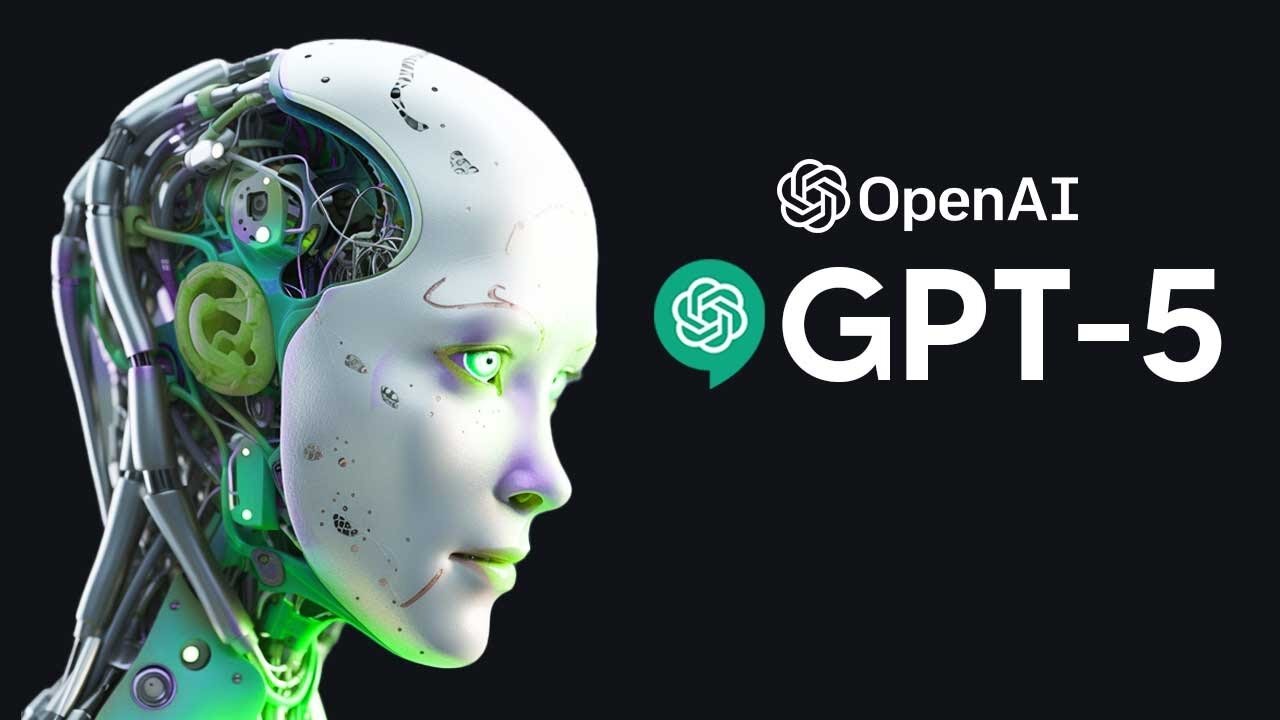The accelerated evolution of artificial intelligence and technology can be overwhelming for many.
Every week or month, something new emerges, and once again, we find ourselves learning something different. This time, it’s about GPT-5, the highly anticipated successor to GPT-4 and all its impressive capabilities.
GPT-4 was released in March 2023, and since then, we have all been eagerly awaiting GPT-5.
On March 27, Siqi Chen announced in a tweet that “gpt5 is scheduled to complete its training in December.”
However, OpenAI CEO Sam Altman clarified at an MIT event in April that they would not be releasing GPT-5 in the near future.
Despite this, some experts suggest that OpenAI could release an intermediate version between GPT-4 and GPT-5, called GPT-4.5, during the third or fourth quarter of 2023.

It is speculated that GPT-4.5 could have multimodal capabilities, something that was already demonstrated in a live stream by developers in March 2023.
Although expectations are high for GPT-5, it is important to highlight that GPT-4 still has some aspects to improve. For example, its inference time is very high, and its execution is computationally expensive. There are also challenges in accessing GPT-4 APIs.
However, each release of GPT has pushed the boundaries of AI technology and what it is capable of achieving. AI enthusiasts are excited to explore the innovative features of GPT-5.
So, what can we expect from GPT-5? Let’s look at some of its potential features:
- Reduced hallucinations: GPT-5 will strive to improve the reliability of AI models by reducing the phenomenon of hallucination, making it more dependable in producing accurate and fact-based responses.
- Computational efficiency: GPT-5 is expected to be more cost- and computationally efficient compared to its predecessor. OpenAI will seek to reduce the cost and size of GPT-5’s parameters without sacrificing performance.
- Multimodal capability: GPT-5 might be able to process not only text and images but also audio, video, and other types of data. This would enable a richer and more dynamic experience in interactions with the model.
- Long-term memory: GPT-5 will further expand the length of context it can handle, allowing users to have more extensive and meaningful conversations with the model, even remembering past interactions.
- Improved contextual understanding: GPT-5 will strive to better understand the context of conversations, resulting in more personalized and coherent responses tailored to the user’s needs.
Join Facialix’s official channel for more news, courses, and tutorials
As we approach the launch of GPT-5, we will discover more details about its potential and how it will transform the landscape of artificial intelligence.

O